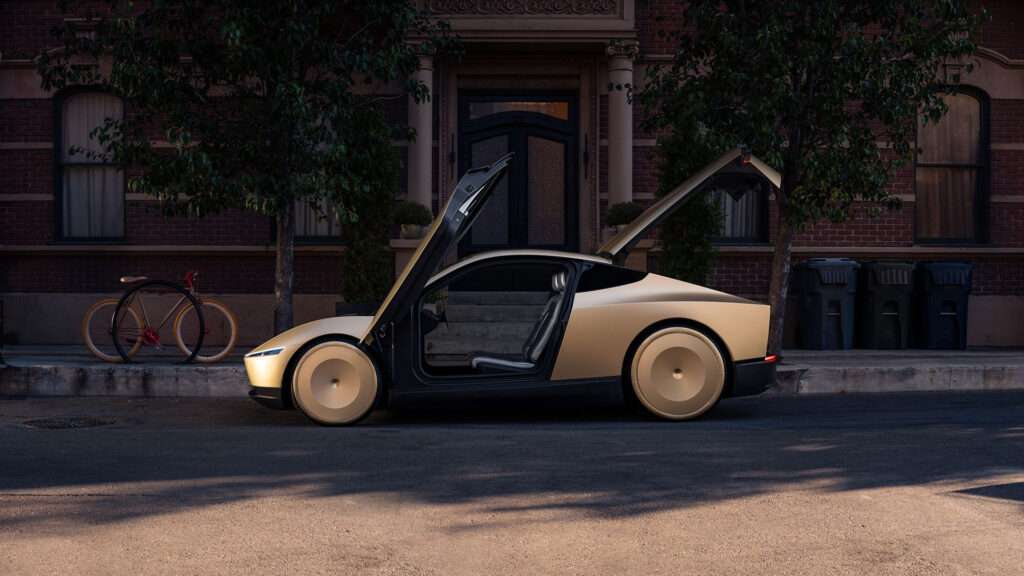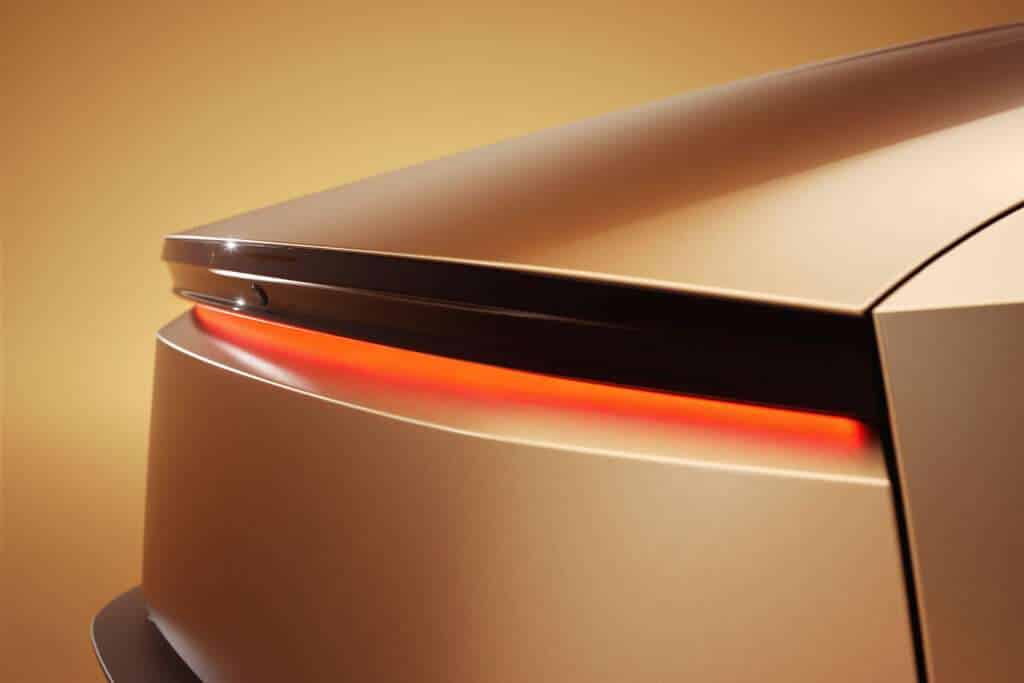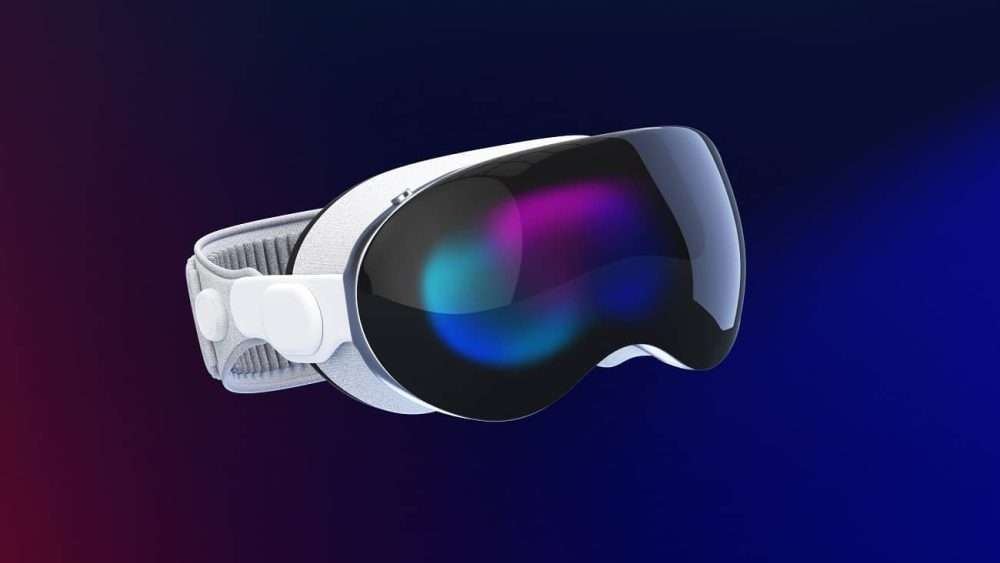Elon Musk unveils the Tesla Robotaxi (Cybercab). Tesla’s Chief Designer, Franz von Holzhausen, opened the much-anticipated unveiling event for the Robotaxi (also known as the Cybercab) with a warm welcome to CEO Elon Musk. In a dramatic and visually impressive entrance, Musk arrived on stage in the futuristic Cybercab itself, showcasing one of its standout features — the stunning ‘butterfly doors.’ These sleek, upward-opening doors had long been a part of the Cybercab’s concept design, but seeing them operate in real life made an even greater impact, adding to the vehicle’s futuristic appeal.
As Musk approached the stage, the vehicle’s advanced lighting system became a focal point. The front of the Cybercab features an edge-to-edge light strip, a design element that fans had speculated through various renderings. The actual lighting looked even more impressive than imagined, as aerial drone footage captured the headlights creating a visually captivating and futuristic display as Musk rode towards the stage. This cutting-edge design and functionality combination set the tone for the Robotaxi’s potential as a game-changing autonomous vehicle.
Tesla Robotaxi Design
The future should look like the future,” Elon Musk declared during the unveiling of the Tesla Robotaxi, a statement that perfectly encapsulates the design philosophy behind the Cybercab. This innovative vehicle represents one of Tesla’s most striking and forward-thinking designs, aimed not only at pushing technological boundaries but also redefining what modern vehicles should look like. Elon Musk unveils the Tesla Robotaxi (Cybercab).
The prototypes of the Cybercab, displayed at Warner Brothers Studios, stood out with their sleek and polished appearance. These vehicles managed to capture a futuristic, high-tech aesthetic without veering into the cold or dystopian look often associated with advanced technology. Instead, the Cybercab exuded a sense of modern elegance and cutting-edge design, balancing futuristic vibes with a visually appealing style that didn’t feel overly apocalyptic or alien.
This vehicle is a testament to the creative efforts of Franz von Holzhausen and his talented design team at the Tesla Design Studio in Hawthorne, California. Their ability to combine futuristic elements with a design that remains pleasing to the eye is an achievement worth noting. The Tesla Cybercab’s design demonstrates that the future of transportation can be both groundbreaking and beautiful, offering a glimpse into the next generation of autonomous vehicles.


The Tesla Robotaxi’s lighting design is both sleek and modern, featuring an edge-to-edge light strip at the front and a slim combination strip at the rear. This design is a fresh departure from the older models like the Model S, X, and Y, which had more traditional lighting aesthetics. The updated lighting on the Tesla Model 3, with its sharper and more refined look, also reflects this shift. The Robotaxi continues this evolution, bringing a futuristic touch that enhances the overall visual appeal of Tesla’s vehicle lineup.
Also Read This
SpaceX launches its most ambitious Starship test flight yet.
Price and Launch Timeline
Tesla’s highly anticipated Cybercab Robotaxi will aim for a price point below $30,000, as announced by CEO Elon Musk. This revolutionary 2-seater vehicle is unique in that it has no traditional steering wheel or pedals, operating entirely on Tesla’s advanced Full Self-Driving (FSD) technology. Currently, Tesla offers a “Supervised” version of FSD, which still requires a human driver to remain attentive. However, the company plans to roll out an “Unsupervised” version in Texas and California by 2025. This fully autonomous system will allow the car to drive without any human intervention.
According to Musk, the Cybercab will be optimized for autonomous transportation, and production is expected to begin around 2026. This will happen after thorough testing and receiving the necessary regulatory approvals. The mass deployment of these robotaxis will follow soon after, likely by the end of 2026 or the start of 2027. Musk further added that, before the Cybercab’s full production, customers will get to experience Tesla’s autonomous driving technology through robotaxi versions of the Model 3, Model Y, Model S, Model X, and even the Cybertruck.



